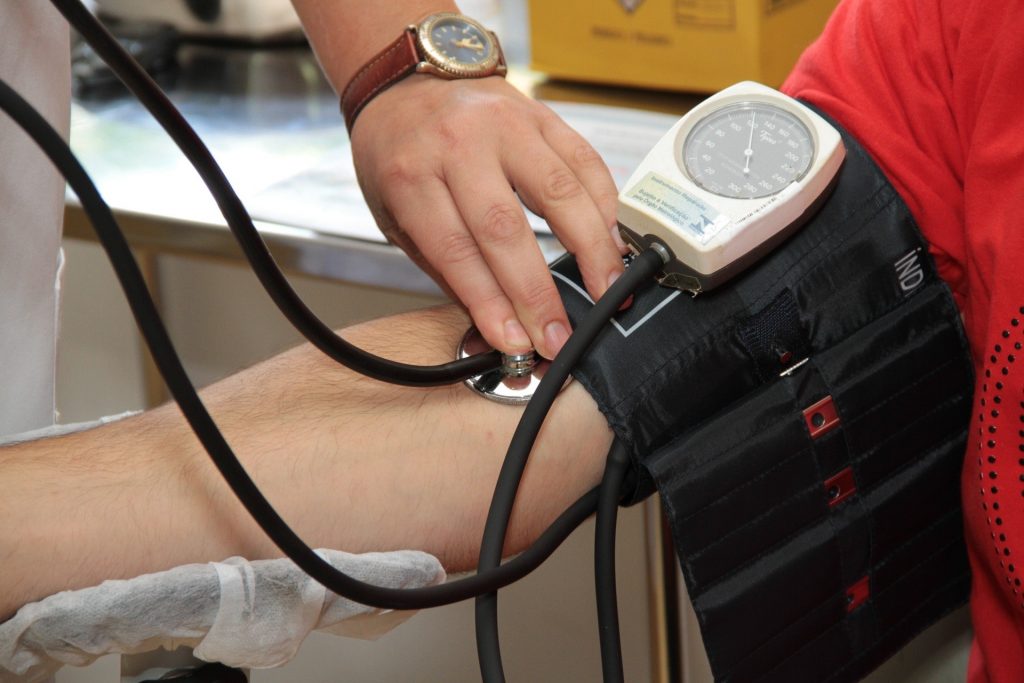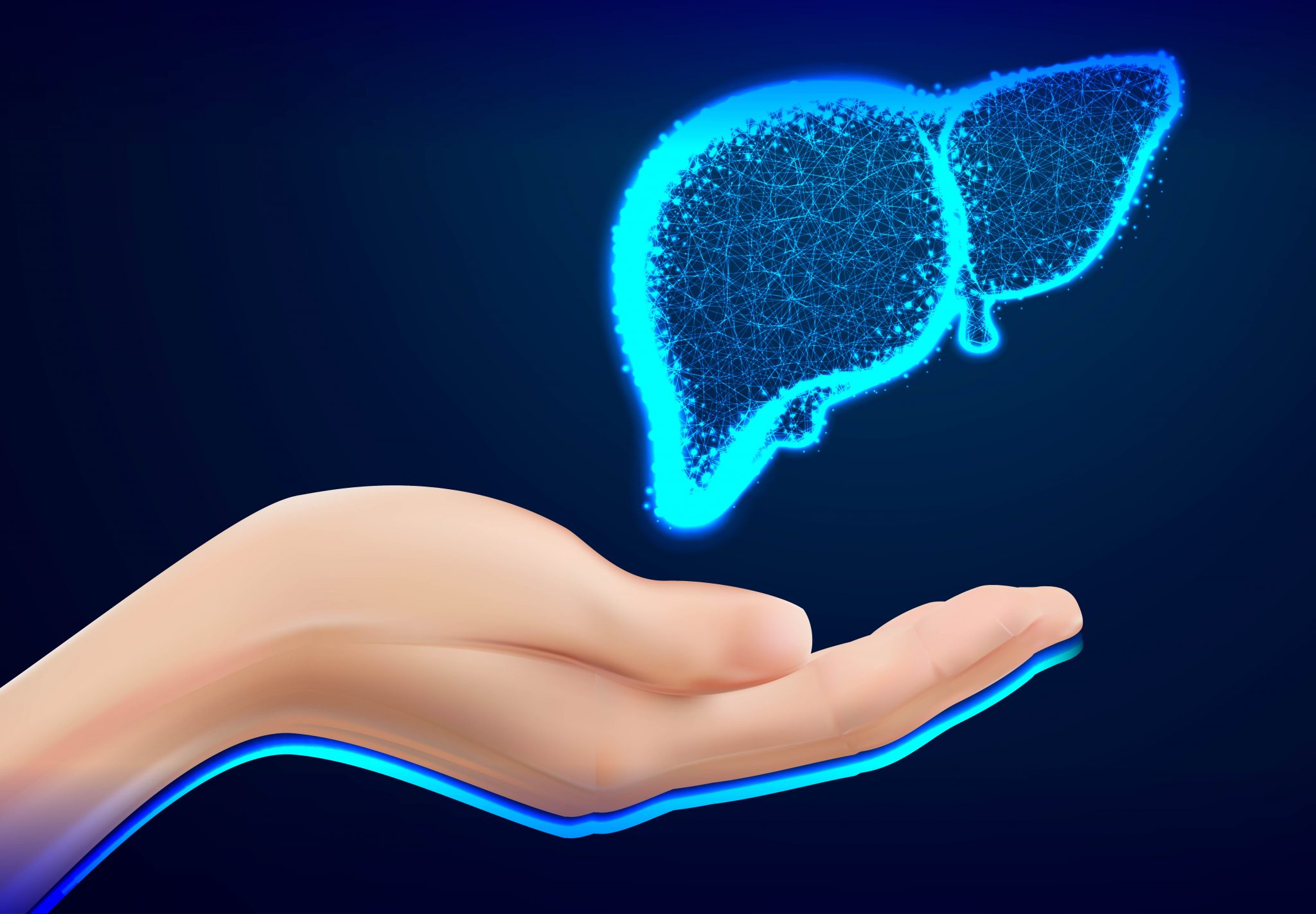
When talking about bone health and osteoporosis, the one thing that instantly comes to the mind is calcium. But, is the health benefit of calcium only limited to bone health? Let us provide you with the answer, keep going!
CALCIUM: For your BONE and Beyond
Calcium is the most abundant mineral in the body, accounting for roughly two percent of total body weight. 99 percent of calcium in the body is located in the bones and teeth while the remainder of it is found in the blood.
Where is calcium obtained from?
Dairy products such as milk, cheese, yogurt are high in calcium. But if you are a vegan, there are vegan options of calcium rich food like legumes, broccoli and enriched cereals.
The amount of calcium we consume does not really matters, what really counts is how much of it is absorbed from the intestine and utilized by the body. Although calcium absorption varies under different circumstance and in different people, only 20 to 40 percent of calcium we eat is absorbed from the intestine.
Health benefits
1. Strong bones and teeth.

As mentioned earlier, 99 percent of the calcium in the human body is found in the bones and teeth. In fact, it is essential for the development, growth, and maintenance of bone. Calcium continues strengthening the bones of humans until the age of 20-25 when bone density is highest. After that, bone density declines, but calcium continues to help maintain bones and slow down bone density loss, which is a natural part of the aging process.
People who do not consume enough calcium before the age of 20-25 have a considerably higher risk of developing osteoporosis later in life as calcium is drawn from the bones as a reserve.
2. Blood clotting

When there is a cut on your skin, the sticky platelets contained in the blood form clots to stop blood flow. Calcium works together with vitamin K and a protein called fibrinogen in the clotting cascade. Without adequate levels of calcium and vitamin K, blood will not clot easily, and if both nutrients are missing you might bleed to death.
3. Muscle contraction

Calcium regulates muscle contraction, including the beating of the heart muscle. When a nerve stimulates a muscle, calcium is released and it helps the proteins in muscle to carry out the work of contraction. The muscle only relaxes again once the calcium is pumped back out of the muscle.
4. Regulates blood pressure

Research has stated that a vegetarian diet with high amounts of calcium, magnesium, potassium, and fiber will result in a regulated blood pressure. Moreover, the National Institutes of Health in US conducted a research study called “Dietary Approaches to Stop Hypertension (DASH)”. The “typical American” diet was compared with two altered diets that were rich in fruits and vegetables and a combo of “DASH” diet loaded with fruits, vegetables, and calcium. The results showed a decrease in blood pressure.
Ways to increase calcium absorption
1. Prevent oxalic acid

Oxalic acids in some foods binds with calcium and prevents its absorption. For instance, spinach, peanuts, parsley and cocoa foods have high levels of oxalic acid. But the oxalic acid in these foods binds only to the calcium from that particular food and does not interfere with calcium from a different food that is eaten during the same meal. Thus, the overall effect of oxalic acid in calcium absorption is small.
2. Get enough Vitamin D

Vitamin D helps you absorb calcium. Not getting enough vitamin D can put children at risk of developing rickets due to insufficient calcium levels. One natural way to boost your vitamin D levels is to spend 15 minutes each day in the sun. Be sure not to spend more than 15 minutes because you may then put yourself at risk for developing skin cancer. You can also get vitamin D from drinking fortified milk and eating fortified dairy products. Other nutrients that help you absorb calcium include vitamin K, boron and magnesium. Talk to your doctor before adding Vitamin D supplements to your diet.
References
Nancy Choi, M. (2019). Calcium: Health benefits, foods, and deficiency. [online] Medical News Today. Available at: https://www.medicalnewstoday.com/articles/248958.php [Accessed 11 Apr. 2019].
LIVESTRONG.COM. (2019). Calcium & Blood Clotting | Livestrong.com. [online] Available at: https://www.livestrong.com/article/144138-calcium-blood-clotting/ [Accessed 11 Apr. 2019].
Tai, V., Leung, W., Grey, A., Reid, I. and Bolland, M. (2015). Calcium intake and bone mineral density: systematic review and meta-analysis. BMJ, p.h4183.
Ju, L. (2016). Calcium and vitamin D supplementations: 2015 position statement of the Korean society for bone and mineral research. Bone Abstracts.

